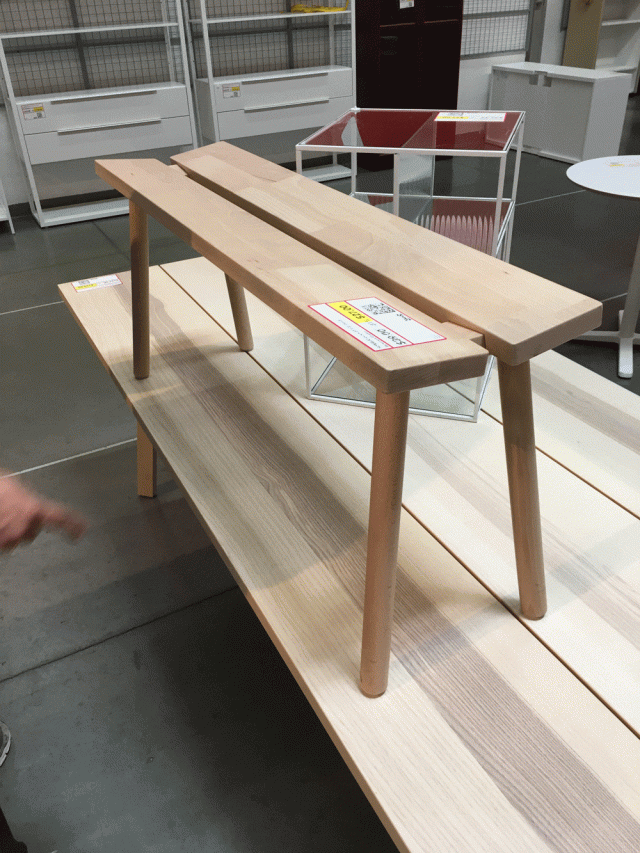
For the last two weeks I’ve been neck-deep in casework – a Monticello bookcase in walnut with pine backboards that is for a long-time customer in Michigan. I haven’t posted much about it because it’s been 10 days of the same: mark, saw, chop, pare. Then repeat until your boogers look like walnut dust (mine do).
But it has given me a lot of time to think about David Pye. Just kidding. Really. No, come back.
Instead, I have had time to think about how casework is different than making chairs. The truth is, they aren’t different. We just think they are different because – for some reason – most of us do only one or the other. Same goes with turning, carving, marquetry etc.
Both chairmaking and casework are about joining pieces of wood. You have to cut to a line. Get a few angles right. Apply a finish. And make sure the structure is sound and can survive seasonal wood movement.

Some aspects of chairmaking might seem foreign – green wood, weird angles and a few new tools. But it’s still wood. And your tools are still steel. The only real difference between the two disciplines is the fact that you think they are different. Or that you think that one is harder than the other.
I am serious, it’s all in your head.
One of the greatest privileges in my career has been to work with accomplished woodworkers all over the globe to help them transform their ideas into a magazine article or a book. The more I worked with these talented people the more I realized that picking up a new skill, such as double-bevel marquetry, is about learning a handful of techniques that aren’t obvious.
To be certain, if you want to master any aspect of the craft, then that takes years of discipline. But if you just want to build a decent chair, carve some letters or turn a bowl – you can do that. Anyone can.
— Christopher Schwarz











